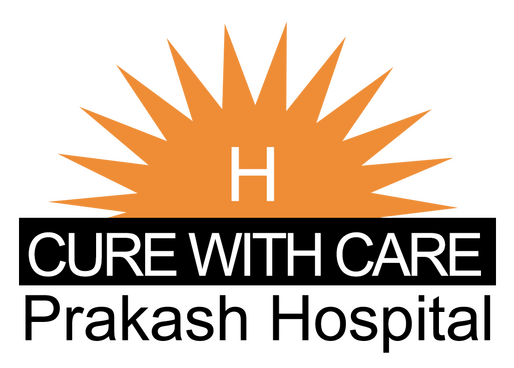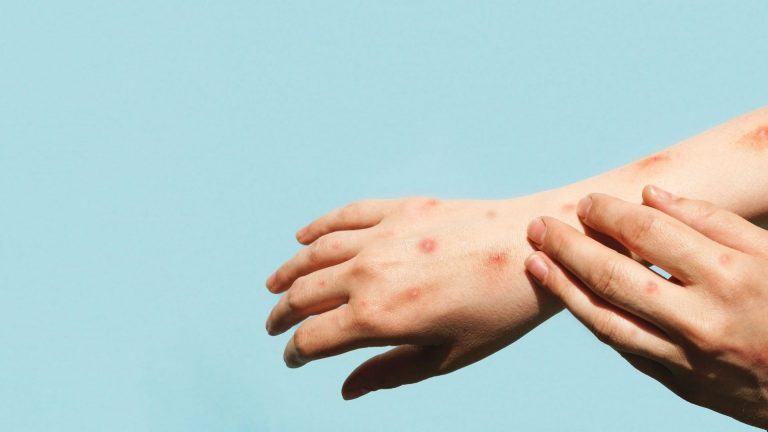Two years have passed, and the overwhelming outcome of COVID-19 infection has taken a toll on people’s health. Now, with the new health crisis breaking the boundaries, the experts are concerned over its spread and symptoms among the people. Monkeypox- a rare disease caused by a zoonotic virus (animals to humans) has become a global health emergency in no time.
The disease possesses flu-like signs in many patients including widespread rash. Let’s dig deeper to know more about this emerging health condition – Monkeypox.
Origin
Monkeypox is a viral disease that causes pox-like lesions on the skin. The history of monkeypox initiated back in 1958 when two outbreaks of a pox-like disease occurred in colonies where monkeys were kept for research. Even after being named “monkeypox,” the source of the disease is unknown.
There is a possibility that African rodents and non-human primates must’ve transmitted the virus and infected people. Later on, health experts detected the first human case of monkeypox in the early 1970s in African countries.
The new outbreak in 2022 majorly occurred due to international travel, where people traveling from the prone countries might have spread it to multiple continents.
Causes
Monkeypox is a rare disease caused by a double-stranded enveloped virus of the Orthopoxvirus genus. The virus is related to the one that causes smallpox, but monkeypox disease is usually milder than smallpox. It’s spread mainly through human contact with infected rodents, but can be spread through skin-to-skin contact with an infected person.
In humans, monkeypox is spread through close contact with an infected person’s rash or bodily fluids (blood, semen, or cough). Close personal contact, sexual or not, can cause a person to become infected.
Symptoms
Usually, the symptoms of monkeypox appear within 3 weeks of exposure to the virus. In case of flu-like symptoms, patients may develop rashes in 1-4 days of infection. The concern with monkeypox is its spread- as it is transmissible from the time symptoms appear until the rash has healed. It may take two to four weeks for all scabs to fall off and a new layer of skin to form.
Symptoms that may indicate the risk of monkeypox are:
- Fever & Chills
- Headache
- Muscle aches and backache
- Swollen lymph nodes
- Extreme fatigue
- Respiratory symptoms (e.g. sore throat, nasal congestion, or cough)
- A rash near the genitals (penis, testicles, labia or vagina) or anus. Skin lesions can appear on other areas such as hands, feet, chest, face or mouth.
One may experience all or only a few symptoms. It is possible to get a rash first, followed by the other symptoms or vice-versa. Most people with monkeypox will get a rash with or without other symptoms.
Also, these rashes can look like pimples or blisters and may be painful or itchy.
Treatment
The first step is to isolate the patient in a separate room until all the lesions heal or scabs fall off. Wearing full sleeve shirts and long pants minimizes the contact and spread of infection. Other things that might help in recovery can be over-the-counter medications, as well as the following:
- Wear a three-layered mask
- Cover single or local lesions
- Nutritional support and rehydration
- Pain relievers and fever reducers (Paracetamol)
- Have a lukewarm sponge bath
- Avoid contact with pets
- Maintain hygiene and avoid close contact with friends and family members.
If any physical symptoms like chest pain, seizures, chronic fatigue, difficulty in breathing, or blurred vision occur, please seek medical help immediately.
Should You Wear Masks?
According to the CDC, someone having the symptoms of monkeypox is advised to wear a surgical mask, especially with respiratory issues like cough, sore throat, and shortness of breath. It can reduce the risk of infection.
Also, it’s best for caregivers to wear a mask to protect themselves.
Conclusion
In many countries, Monkeypox is taking a huge toll on people’s health. The good news is that the disease is less severe than smallpox, making it less life-threatening. However, with the rising concern all over the world, health experts adhere to strategies used against COVID-19, like social distancing and good hand hygiene that would provide safety to some extent.



Recent Comments